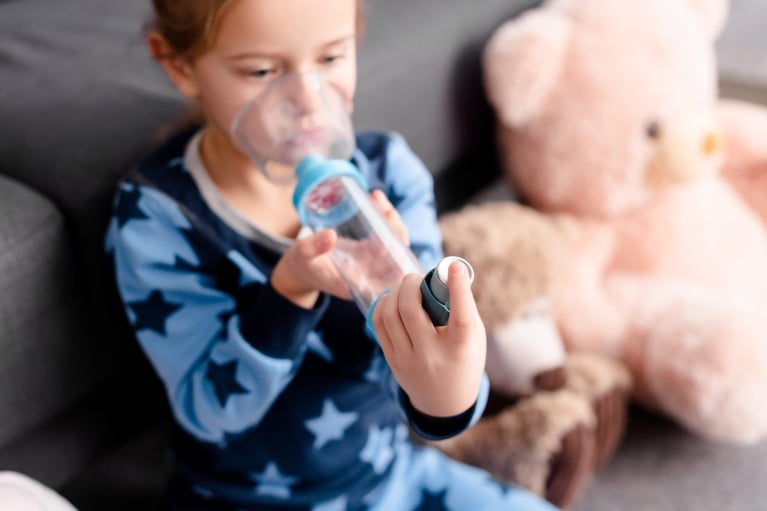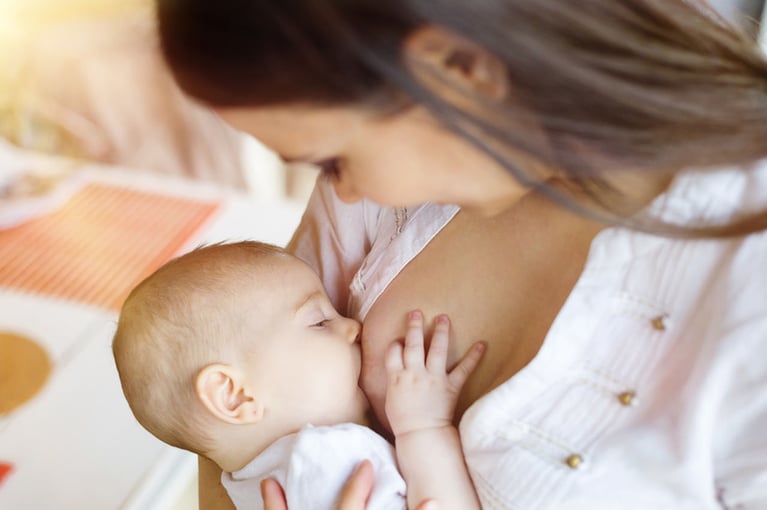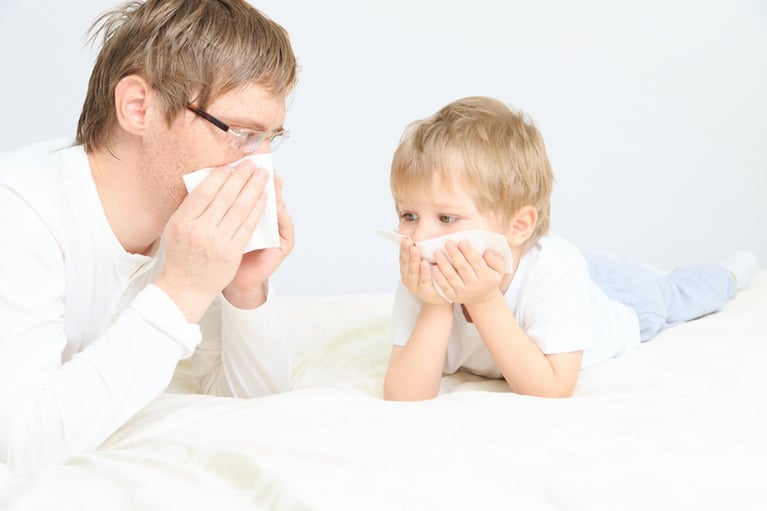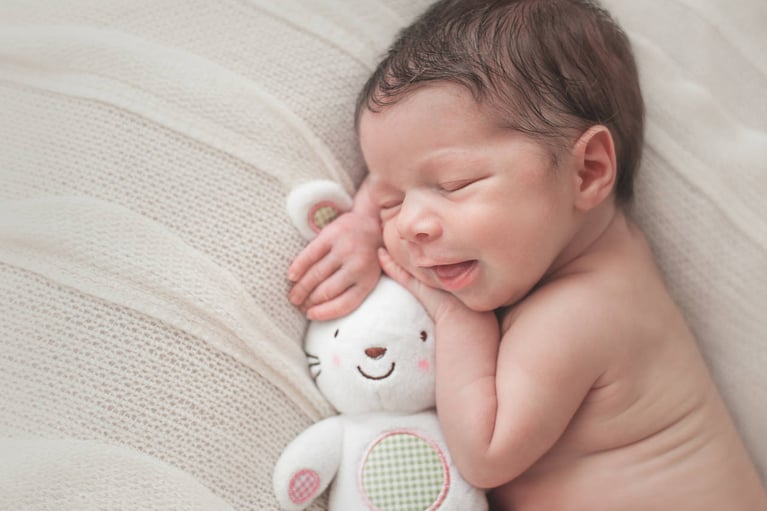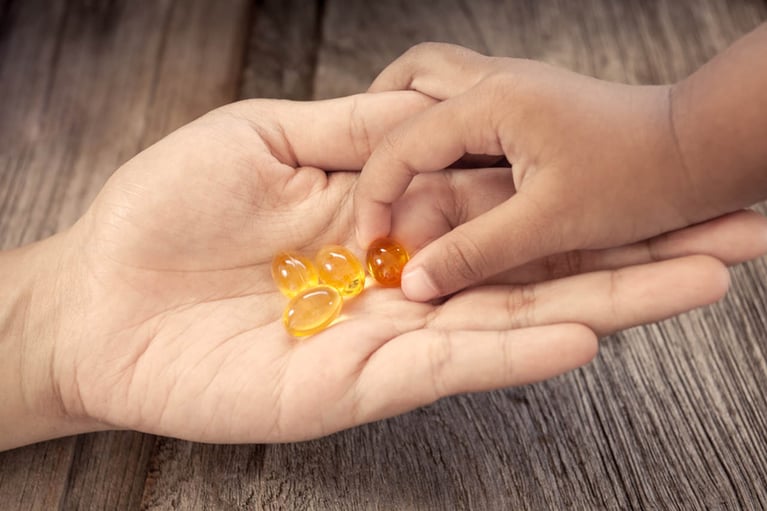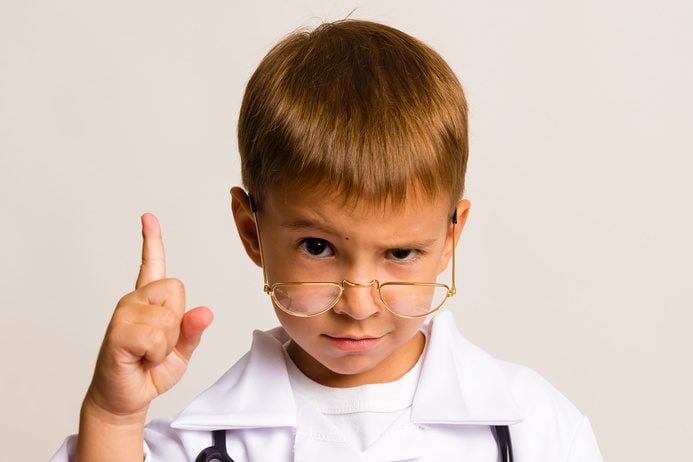Children always have a great time at the lake or seaside. Sand, water, sun, mud… what else might one need? That is why such a holiday trip is an excellent idea. However, in order for that trip to be safe, it is a good idea to stock up on a couple of useful gadgets and remember about a few important things.

Let us start from the beginning. It is a good idea to supply babies with swim diapers. We can either buy disposable ones available in every larger store, or invest in reusable ones. They will obviously come in handy not only on the beach, but also at the swimming pool. Yes, they are warm enough, but we should remember that a little baby is not yet in full control of its physiological needs and we would definitely like to avoid unpleasant surprises.
Additionally, they protect the baby’s bottom against all kinds of bacteria lurking in the sand. If a child is already a bit older, a pair of swimming trunks or a swimsuit is enough – they not only provide cover, but also protects everything that needs protection against germs. What might also come in handy is water sandals that the child can wear while playing in water. They will surely be of use on rocky beaches, but in sand they will also protect our child’s feet against burns (since sand can get really hot in sunlight) or sharp pebbles or glass.
Additionally, we will need sunscreen with high UVA protection level (it has to be applied after every immersion in water, even if it is waterproof) and some headwear. What works well here is all kinds of hats and caps, as well as ordinary scarves tied on the head. Let us admit it – they hold on better than most baseball caps. It is also worth persuading a child to use sunglasses.
This can be extremely difficult, so we should pick ones that sit well on the head, do not fall down and are not going to annoy the child. Little babies should also spend their whole time on the beach in shirts. The majority of us surely experienced what it means to have a burned back. It is nothing pleasant and severe burns can even be accompanied with fever. When playing in the sand, children will definitely turn their back to the sun so if there is something covering them there, it will probably save the evening not only for children, but for their parents as well.
When it comes to baths, the list of useful gadgets is much longer and here we can make lots of different choices. When it comes to little children, what works best are the kind of swimming rings that support the bottom. There is a great deal of options, starting from the most popular ones like Bestway which are available in almost every store located near some body of water, and ending with ones than can only be ordered online or purchased in specialised stores like Swimtrainer. The latter ring has the advantage of the child lying on the belly instead of remaining in sitting position. This is thanks to a special inflated part that twists around the child’s belly. Thanks to that the child is in swimming position from the very beginning.
The latter ring has the advantage of the child lying on the belly instead of remaining in sitting position. This is thanks to a special inflated part that twists around the child’s belly. Thanks to that the child is in swimming position from the very beginning.
Obviously, in case of older children the selection of good ideas is wider and includes swimming vests, inflatable rings or all kinds of inflatable creatures. I am sure that they will provide a great deal of fun for parents as well.
It is also a good idea to buy a small pool. It can be placed in shadow or under an umbrella, filled with water from lake or the sea, and then we constantly have the child by our side. A version with inflatable sides will be more stable, but setting it up will take more time. On the other hand, a typical pool that is just filled with water (which makes sure that the pool retains its shape) will be possible to fold when flat and therefore easy to transport.
However, the most important piece of advice with regard to children staying near water is that we cannot take our eyes off them. The younger among them should always bath with their parents staying near.
Older ones, however, need to be supervised at all times. Let us remember that the bottom of the lake or sea is treacherous and it is easy to encounter boggy sand or sudden dip in the bottom. We should also not allow out child to get far away from the shore unnoticed, for example when lying on a mattress. The risk of them falling into water thinking that the ground is not so deep below yet is huge. It is said that children drown in silence. It is true, but it applies also to adults. It is very rare that a drowning person screams and flails their arms. You need air to scream and air is exactly what a drowning person is short of. It is more often that drowning is a panicked underwater struggle or alternating emerging in submerging (it looks as if someone was jumping in the water or diving). Thus, we can be just next to a drowning person and notice nothing. How to prevent this? If we are not sure of our rescuing skills, it is a good idea to choose supervised locations. A lifeguard present there will surely react properly in an emergency. However, if we are alone, let us watch our child closely (and obviously I am not talking about babies here since we are present around them all the time).

Whenever we notice any unsettling behaviour, we should rush to help straight away. Perhaps it will not be necessary, but why take chances? This applies also to adults. If we do not want to infringe on privacy of others, we can always ask from a distance whether everything is OK. If someone does not answer or looks at us with eyes that “look, but do not see” or keeps doing the same thing – let us not hesitate and swim closer. We can save someone’s life this way.











